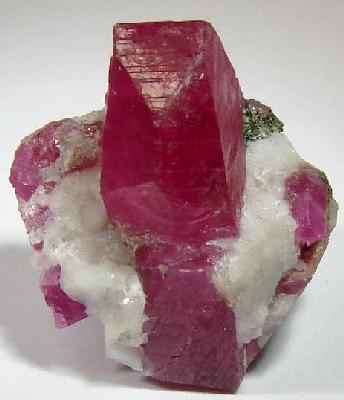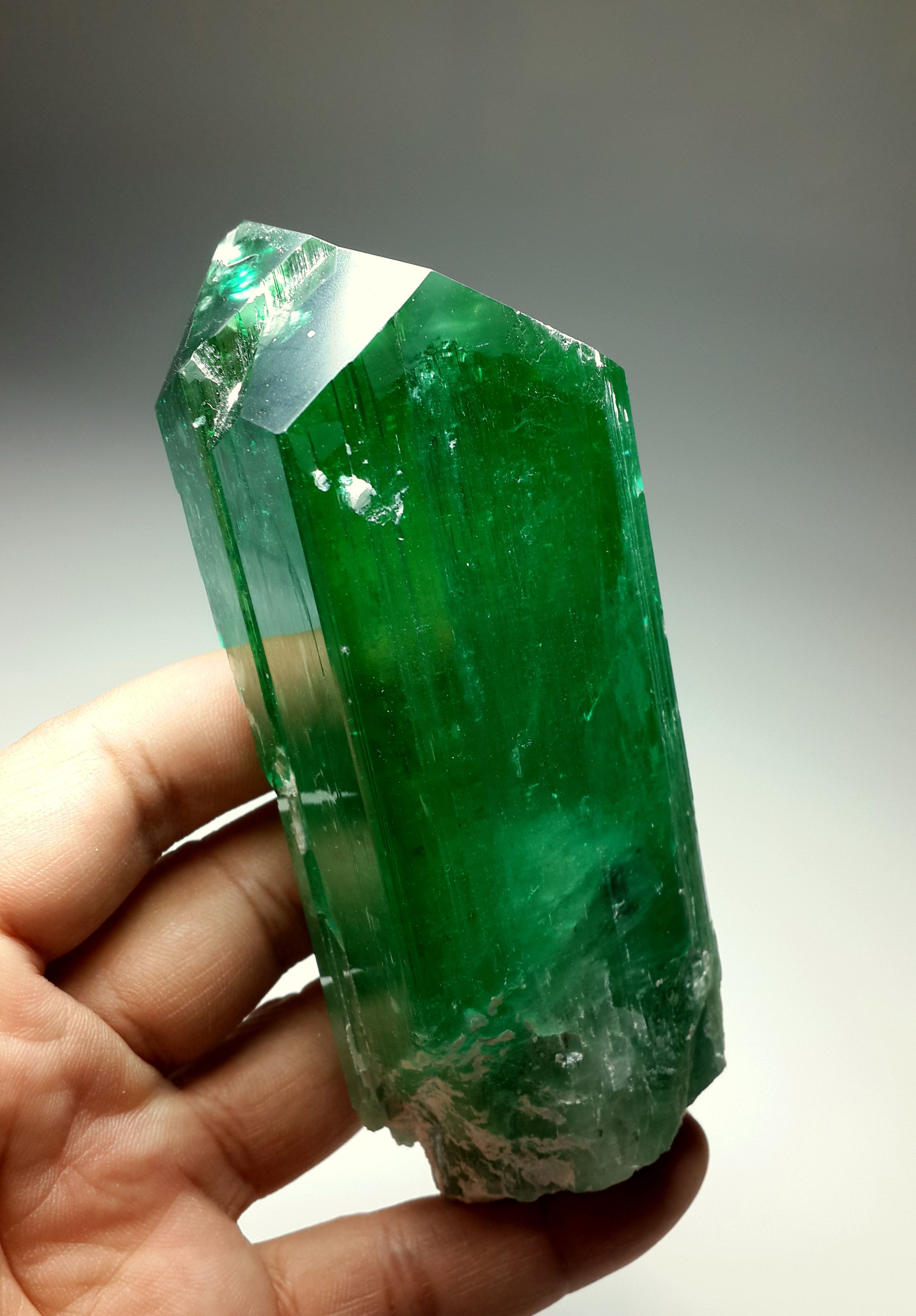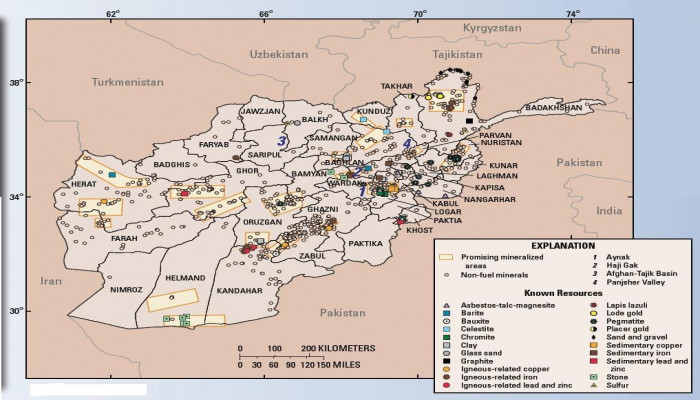Mineral Wealth: An Important Factor in the Afghanistan Crisis
- In Current Affairs
- 10:33 PM, Aug 26, 2023
- Rakesh Giri Goswami
World history is full of evidence that says that wars over centuries were not fought only for prestige, but to show valour. The purpose was also to acquire fertile land for future tax collection and to obtain control over natural resources including forests and mineral properties. Chanakya has also mentioned in his texts that minerals are the source of metals that help in raising a strong army for any kingdom. These prophetic words are valid in current times. The Afghan conflict is a glaring example of this philosophy. This crisis is not new, this country has been a centre of attraction among its neighbors for many centuries.
The biggest advantage and biggest drawback of this country is its geographic location, an advantage because it is the junction point of Central and South Asia. It was part of the ancient trade route. Through this route, Central Asians also had access to the Arabian Sea. So due to its strategic location, this country found many takers. This means everyone wanted to have a say in what was going on there and control activities there. Minerals are important raw materials for industrialization, every country wants to develop or procure this asset through legal as well as illegal means. Countries interested in this country are also interested in its mineral wealth.
There is no historical record but the mining of various minerals in Afghanistan dates back to the times of Alexander when a gemstone Lapis Lazuli was procured by them. The exploitation of minerals continued through the ages as a private enterprise by the local population, at times by local tribal chiefs. Samples of Afghan Lapis Lazuli have also been found in many civilizations the world over. It is now well known that people in every civilization first extracted stones to build houses, hutments, and shelters.
Afghan rulers tried to systematize mining in the 1930s when they tried to give the entire country’s mineral survey contract to an American company, but this offer was declined. The then government invited geologists from many countries like Russia, Britain, and the USA from the 1950s to the ’70s, this generated detailed scientific reports about mineral resources. Extraction was mainly done by private contractors only. During their occupation from 1979-1989, Russians also conducted extensive mineral surveys and identified many large deposits including Petroleum and natural gas. They also started pumping natural gas into their area.
After 2001 American government asked its premier agency US Geological Survey to prepare a complete report about minerals in this nation. The report prepared by this agency is exhaustive and is the most reliable first-hand account of Afghanistan minerals. This report says that mineral resources in this country are worth $1Trillion, a huge resource by any standard. If exploited properly this can change Afghanistan’s economy and other nations in the world as well.
Minerals in Afghanistan are scattered in 29 provinces covering about 1000 locations. They have substantial reserves of Iron ore, Lead, Zinc, Gold, Marble, Clay, Copper, Building stones, Precious and semi-precious stones like Lapis Lazuli, Hiddenite, Ruby, Emerald, Lithium, Marble, rare earth elements, Petroleum/ Natural gas. To start regular mining Afghan governments have given contracts to many companies since 2001. To systematize things further Afghanistan government formed rules and regulations in 2006 for scientific mining. The incumbent government of the Taliban was also aware of minerals in Afghan territories, and they also controlled many mining areas. Taliban also exploited many such areas and sold gemstones and other minerals. Regular extraction of petroleum started in the year 2012.

Ruby

Hiddenite

Lapis Lazuli
Now countries from both Central and South Asia want a share in this mineral wealth. As neighbours they can get minerals at cheaper rates with low transportation costs. In the current scenario, rare earth minerals are quite important for new technical innovations. Salts of rare earth elements are used in computers, mobile phones, and LCD/LED TVs. It is a known fact that China controls 90% trade of rare earth minerals, so its interest here is understandable. Similarly, Pakistan also wants raw materials for its industries. China and Pakistan both want a favourable government in Afghanistan that would toe their line so they can fulfill their agenda.
As of now, two geopolitical axes have developed in this region. First is Pakistan- Taliban-China, and second Iran-Russia-India. We are involved because over the years India has also made huge investments in Afghanistan in various sectors like infrastructure, education, and medical facilities. So, our government would also like to have a say in happening there. Even the Taliban government though not recognized has also expressed the view that they want good relations with India. They are also aware of our expertise in many fields and would like to avail it.
How things unfold there, only time will tell but India should remain optimistic.
Image source: The Newslink.com







Comments